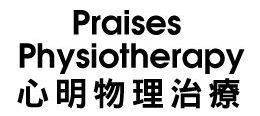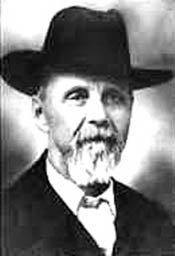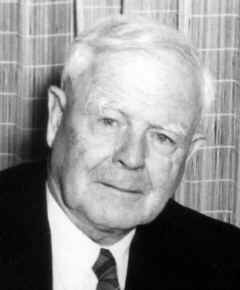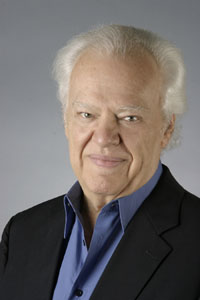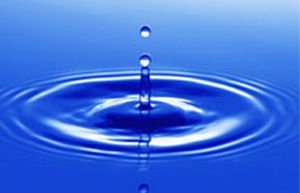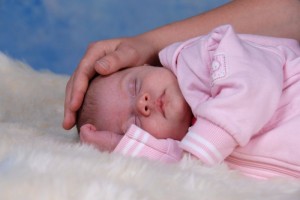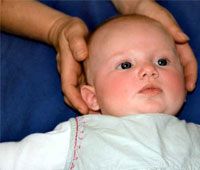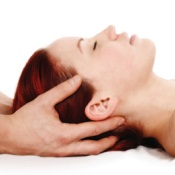|
Our Therapies
|
CranioSacral Therapy (CST)
Origin of CST
CranioSacral Therapy is a light-touch manual therapy that combined findings and knowledge from Anatomy, Physics, Biomechanics, Physiology, Psychology and Energy Medicine. The fundamental concept is proposed by Dr. Andrew Taylor Still, M.D. (1828-1917), the pioneer of Osteopathy. In about the year of 1885, Dr. A.T. Still had helped a lot of apparently hopeless patients by his drugless and manual medicine. He believed that most diseases could be cured by correcting the structural imbalances in the musculoskeletal system in order to restore the normal blood flow and nerve integration in the body. Similar to the philosophy of Chinese Medicine, Dr. Still proposed that human body is an integrated unit, and the body has its ability of self-regulating and self-healing. The structure and function of the body is directly co-related.
Student of Dr. Still, Dr. William Garner Sutherland, D.O. (1873-1954), applied Dr. Still’s concepts to the skull and discovered an innate motion in the cranium bones which he called the ‘tide’ or rhythm. He realized that the motion of the tides, which is affected by the flow of the cerebrospinal fluid, affected the health of the central nervous system. Dr. Sutherland is credited as the developer of Cranial Osteopathy, now known as CranioSacral Therapy. He started teaching his cranial concepts by the 1930s and within a decade his work was offered as a post-graduate course at the American School of Osteopathy. By 1947, the Cranial Academy was established as a resource forum to share ideas and by 1953s, Sutherland Cranial Teaching Foundation had begun to formally set up guidelines for training other physicians.
A member of the Cranial Academy and Sutherland Cranial Teaching Foundation, Dr. John Upledger, D.O. is recognized for re-invigorating interest in Dr. Sutherland’s cranial work and bringing craniosacral therapy to wider audience of healthcare practitioners. CST is now available through many different organizations throughout the world.
What is CST ? CranioSacral Therapy is a gentle touch method of evaluating and enhancing the functioning of the craniosacral system. The craniosacral system is composed of the membranes and cerebrospinal fluid that surround and protect the brain and spinal cord. The whole system lies within and between the head (cranium) and spine and sacrum. Like the pulse of the cardiovascular system, the cerebral spinal fluid within the craniosacral system has a rhythmic flow through the central nervous system. How is CST performed ? Using a very light touch (less than 5 grams force), the practitioners restore the rhythmic flow of the cerebral spinal fluid and release restrictions in the craniosacral system to improve the functioning of the central nervous system, which in turn balances the whole body. By means of the influence on the functioning of the central nervous system and complementing the body’s natural healing process, CST is proven to be effective for bolster resistance to disease and treatment of wide range of medical problems associated with chronic or acute pain and dysfunction. CST can be applied to all ranges of age – newborn infants, adult, as well as elderly people.
What problems can CST help ? For adult/elderly, CST can treat ailments include :- Headaches / Migraines, Neck and Back Pain, Sciatica, Scoliosis, Vertigo and Tinnitus, Chronic Pain Syndromes, Orthopedic problems, Chronic Fatique, Emotional Difficulties, Chronic sinus infections, Stress and Tension-related Problems, Brain and Spinal Cord Injuries, TMJ Dysfunctions, Post Traumatic Stress Disorders, Pre-surgical preparation and post surgical dysfunction, Fibromyalgia and other Connective Tissue Disorders, Sleep Disorders or Insomnia, Digestive problems, Acute or Chronic Sport Injuries, Menstrual pain, Arthritis, Allergies, Hormonal Imbalance, Neurovascular or Immune Disorders. For infant /children, CST can treat ailments include :- Delayed Development, Autism, Colic, Scoliosis, Torticollis, Overactive, Motor Coordination Impairments, Learning Disabilities and Speech Barriers, Plagiocephaly, Attention Deficit Disorder (ADD), Asthma. |

